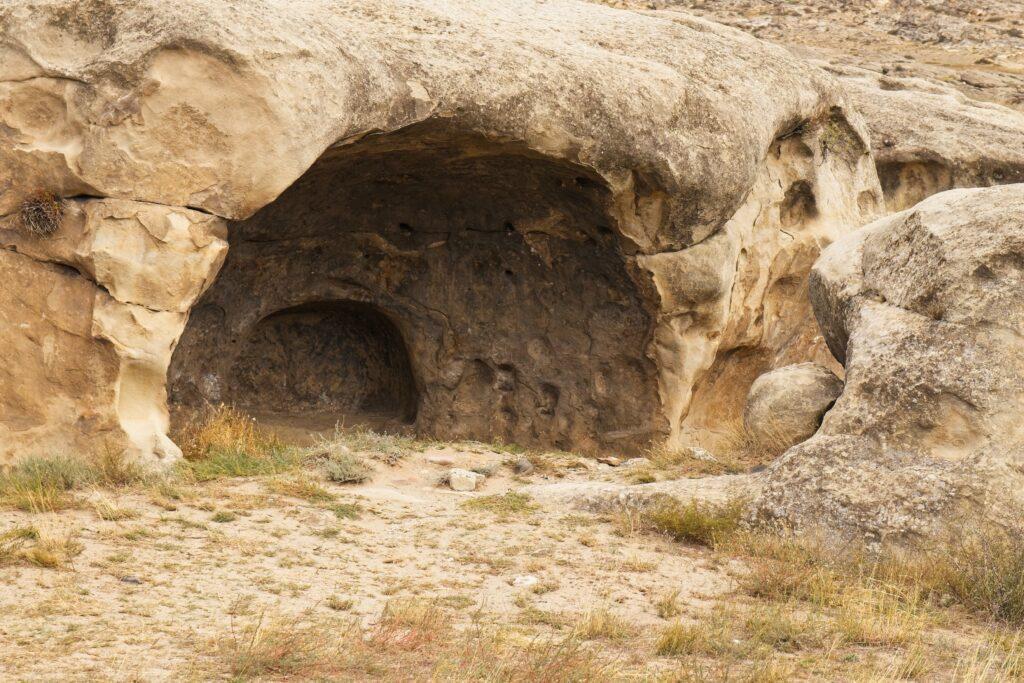Groundbreaking Analysis Reveals Unexpected Relationships and Diverse Ancestry Among Victims
By James Woodford
For nearly two centuries, the haunting plaster casts of Pompeii’s victims have told a story frozen in time—but new genetic evidence proves much of what we thought we knew was wrong. A revolutionary DNA study of five individuals preserved in volcanic ash has upended long-standing assumptions about family ties, gender, and the cultural makeup of this ancient Roman city.
The Plaster Casts of Pompeii: A Closer Look
When Mount Vesuvius erupted in AD 79, it entombed Pompeii in a thick layer of volcanic ash. The intense heat and pyroclastic flows killed thousands instantly, leaving behind hollow spaces in the compacted ash as their bodies decomposed. In the 1860s, archaeologist Giuseppe Fiorelli pioneered a technique of filling these cavities with plaster, creating eerily lifelike casts that preserved the victims’ final moments.
But as Valeria Amoretti, an anthropologist at the Archaeological Park of Pompeii, explains:
“Many of these casts were rearranged in the 19th century for dramatic effect. Skeletons were moved, poses were adjusted, and unrelated individuals were grouped together to create more compelling narratives for visitors.”
Now, for the first time, scientists have extracted and analyzed ancient DNA from bones inside these casts—revealing startling truths that contradict long-accepted interpretations.

Shocking Discoveries: Families That Weren’t
1. The “Mother and Child” Were Actually Unrelated Strangers
One of Pompeii’s most famous casts depicts an adult cradling a child, long believed to be a mother and her daughter. But genetic testing tells a different story:
- The adult was male, not female.
- No biological relationship existed between the two.
- A nearby skeleton previously thought to be the “father” was also unrelated.
2. The “Embracing Sisters” Included a Genetic Male
Another poignant pair—interpreted as sisters or a mother and daughter locked in a final embrace—turns out to be:
- At least one genetically male individual.
- No close kinship between them.
“These were likely strangers who died together in the chaos,” says Amoretti. “The emotional stories we attached to them were projections from our own cultural biases.”
Pompeii Was Far More Diverse Than Believed
Beyond mistaken family ties, the DNA analysis revealed something even more profound: Pompeii was a true melting pot. Genetic markers show:
- Strong connections to the eastern Mediterranean (modern-day Greece and Turkey).
- Levantine ancestry (present-day Syria, Lebanon, and Israel).
- North African Jewish genetic components.
“We knew the Roman Empire was multicultural, but seeing this level of diversity in a provincial town is remarkable,” says Amoretti. “Pompeii wasn’t just a Roman city—it was a hub of Mediterranean migration and trade.”
Why These Findings Matter
1. Science Over Assumption
As Alissa Mittnik (Harvard University) notes:
“This study proves we must question even the most ‘obvious’ archaeological interpretations. DNA doesn’t lie—but our imaginations often do.”
2. A New Understanding of Roman Society
The genetic diversity aligns with historical records of Pompeii as a cosmopolitan port city, but challenges the notion that it was predominantly ethnically Roman.
3. Reconstructing Real Lives
Future research could:
- Identify occupations through isotopic analysis.
- Trace migration patterns from skeletal markers.
- Re-examine other plaster casts with 3D scanning and DNA.
What’s Next for Pompeii Research?
The team plans to:
✅ Test more casts to build a fuller genetic picture.
✅ Compare results with other Roman-era DNA studies.
✅ Reconstruct facial features using genetic data.
“This is just the beginning,” says Amoretti. “Pompeii still has so many secrets to reveal.”
Further Reading
- “The Living Dead: How Pompeii’s Casts Were Made” – Journal of Roman Archaeology
- “Ancient DNA and the Roman Empire” – Nature Genetics
- “Pompeii: Life and Death in a Roman Town” – BBC Documentary
Image Credits: Public domain photos of Pompeii casts and archaeological sites.
This article is free to reproduce with attribution. For updates on Pompeii research, follow #PompeiiDNA on social media.

